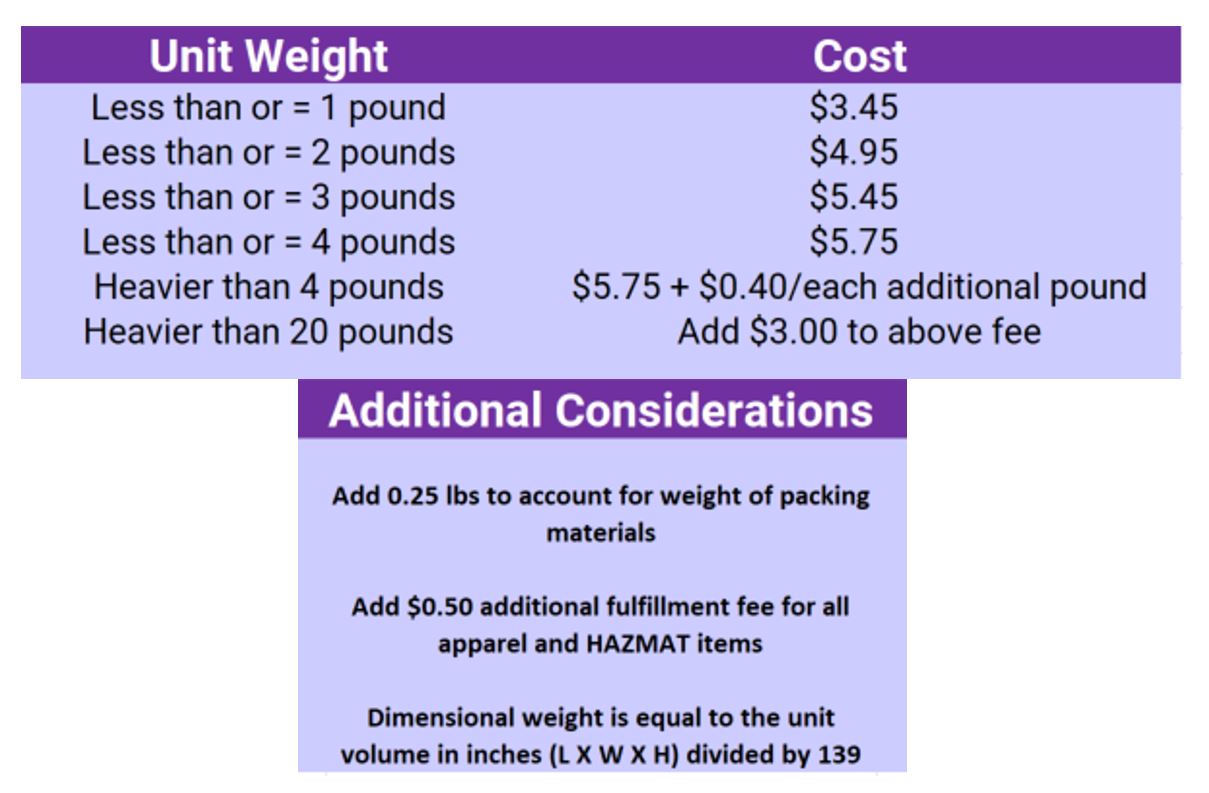What is Walmart Fulfillment Services (WFS)?


It’s no secret that Walmart has been working hard to catch up to Amazon in all things ecommerce. Walmart has invested over $11 billion into ecommerce, supply chain, and technology over the last two years—that’s “72% of their strategic capital expenditure in the US for their 2020 and 2021 fiscal years.”
In 2019, Walmart added 10 million products to their online catalog, with the vast majority of those products being sold not by Walmart directly, but marketplace sellers. And in 2020, the retail giant launched Walmart Fulfillment Services, a new program that allows marketplace sellers to store inventory and ship through Walmart’s fulfillment centers, as well as Walmart Plus—their answer to Amazon Prime.
Today, there are more than 100k sellers on Walmart Marketplace, a number that has continued to climb at a rapid pace in 2021.
In this article, we’ll cover how WFS works, its features and benefits, how it compares to Amazon FBA, and how Walmart sellers can get started with the program.
“The implementation of Walmart Fulfillment Services (WFS) is an absolute game changer that brings Walmart one step closer towards rivaling Amazon’s capabilities of servicing customers with fast and reliable shipping. WFS also opens up Walmart’s marketplace to new sellers who would otherwise be unable to ship to customers at scale. This is a very exciting time in the ecommerce space.”
—Santiago Rocha, Brand Services Specialist at Tinuiti

Walmart Fulfillment Services allows sellers to store their inventory at Walmart-owned fulfillment centers. When an order is placed on Walmart.com, the WFS team will pick, pack, and ship the order on the seller’s behalf. Walmart also manages customer support and returns for orders shipped through WFS.

“The program enables sellers to spend more time focusing on increasing their sales, while having confidence that their orders will be delivered quickly and with outstanding customer support.”
Walmart boasts one of the most impressive supply chains in the world, coming in at #8 in The Gartner Supply Chain Top 25 for 2021. Marketplace sellers who use WFS can take advantage of the scale, reach, and efficiency that Walmart has worked so hard to refine over the years.

Here are four of the top benefits of WFS:
1. Offer 2-day delivery: Amazon Prime has set the standard for fast shipping, but Walmart is up to the challenge. With WFS, sellers can offer 2-day shipping everywhere in the contiguous United States.
2-day delivery also helps your products get higher search rankings and Buy Box prominence, meaning more shoppers will see your listings. (Learn more about the benefits of Walmart’s 2-day delivery badge.)
2. Inventory and order management: WFS offers reporting dashboards for sellers to track orders, inventory levels, and shipments in real-time.
Walmart Seller Central features a Fulfillment Insights page that allows merchants to track key shipping metrics broken out by shipping performance, carrier performance, and regional performance.
3. Customer service: With WFS, Walmart manages all customer inquiries, refunds, and returns. Participating items are displayed with “TwoDay Delivery,” “Free & Easy Returns,” and “Fulfilled by Walmart” tags for increased product visibility and improved conversion.
4. Straightforward pricing: WFS features a simple pricing structure based on two primary costs: a monthly storage fee, and shipping costs based on weight or dimension.
WFS gives sellers a powerful alternative, or complement, to FBA. WFS also offers free two-day shipping on orders over $35—no Walmart+ membership required. FBA, on the other hand, reserves free one- and two-day shipping options for Prime members.
FBA requires sellers to ship inventory to multiple fulfillment centers. Currently, sellers only have to ship to one or two Walmart fulfillment centers, making it a simpler process than FBA.
It’s also important to consider that Walmart’s fulfillment network may be better equipped to handle two-day shipping than FBA. At the start of the COVID-19 pandemic in the U.S., FBA was unable to maintain two-day shipping. WFS kept up with the two-day shipping guarantee throughout the pandemic. While WFS handled a lower volume of shipments, this efficiency may be a strong predictor of success to come.
Before you can apply to ship orders through WFS, sellers must be live on the Walmart Marketplace.
Once sellers are approved to onboard WFS, getting started with WFS looks like this:
1. Sign the WFS contract
2. Set up or convert products to Fulfilled by Walmart in Seller Central
3. Send inventory to a Walmart fulfillment center
The product requirements for WFS include:
Products sent to Walmart fulfillment centers must ship from within the U.S., meaning you can’t ship directly from an overseas manufacturer to a Walmart fulfillment center.
If your products meet these requirements, you could be a great candidate for Walmart Fulfillment Services.
WFS charges a monthly storage fee based on item volume, and a fulfillment fee based on the item’s weight. There are no sign up, subscription, or stocking fees.
Storage fees are based on the volume of the product (length x width x height), and how long the product will be stored.
For products that will be stored fewer than 365 days, current costs are as follows:
If your items remain in Walmart’s storage for more than 365 days (12 months), they will incur a $7.50/cubic foot per month storage fee. With this in mind, if you have items that you expect to be ‘slow sellers,’ it may be beneficial to handle the shipment of those specific items yourself to avoid paying long term storage fees.

All things considered, the WFS program is a strong option to consider for Walmart Marketplace sellers looking to provide a better customer experience, increase product visibility, and offer two-day shipping through an established supply chain infrastructure. We look forward to seeing how Walmart grows the capabilities and benefits of WFS over time.
For more information, tips, and strategies on all things Walmart Marketplace, check out our updated Walmart Marketplace Guide for 3P Sellers, and updated Advertising on Walmart Marketplace Guide.
Ready to connect now? Contact us today to chat with an expert!
